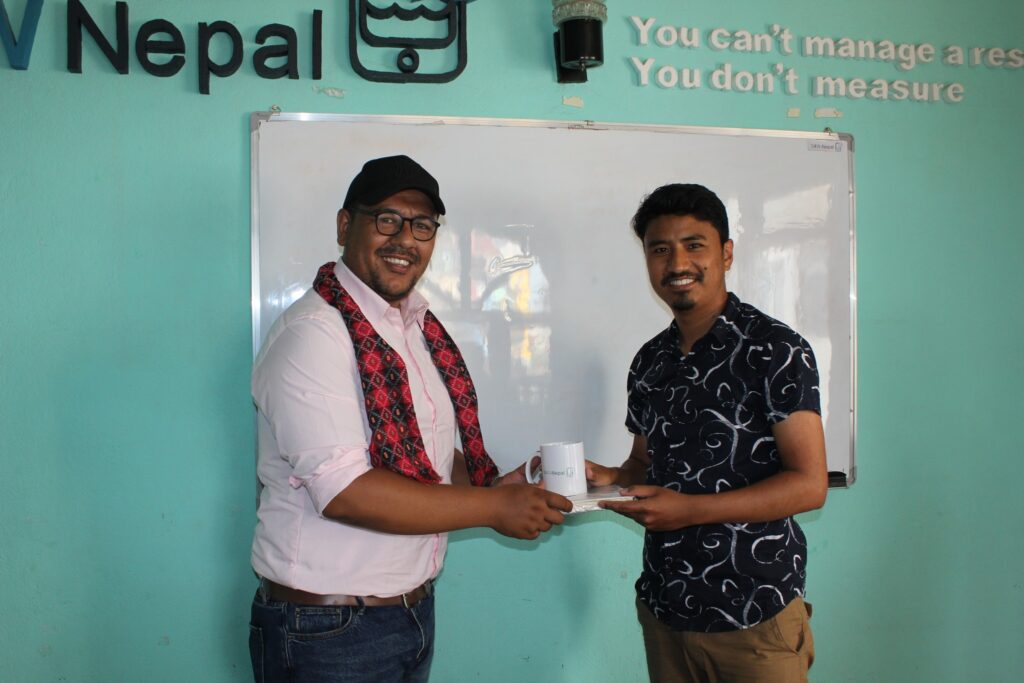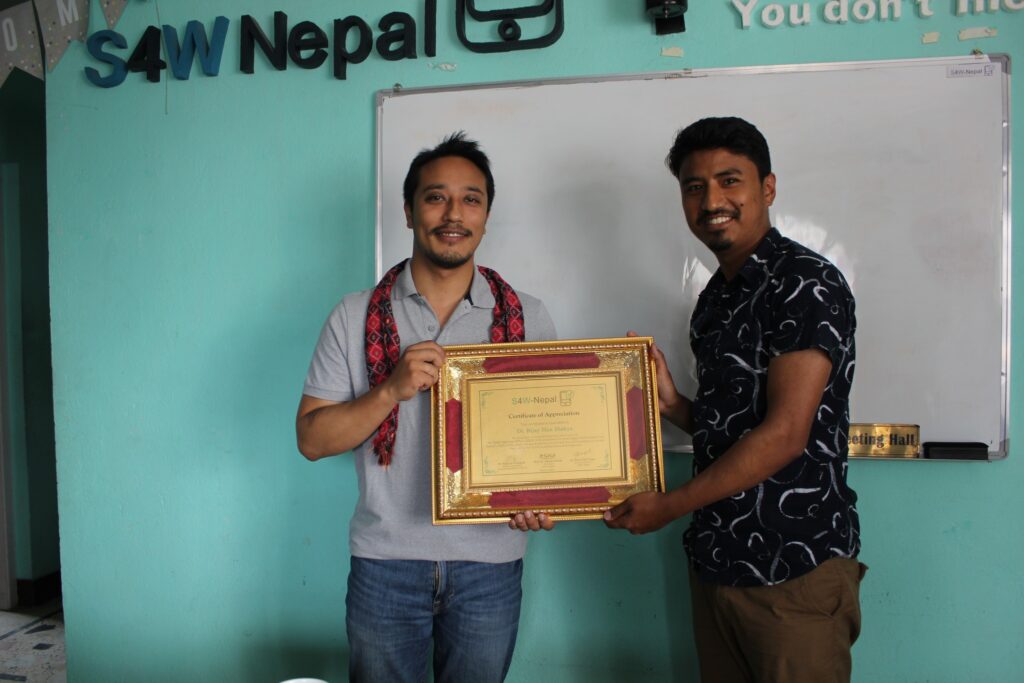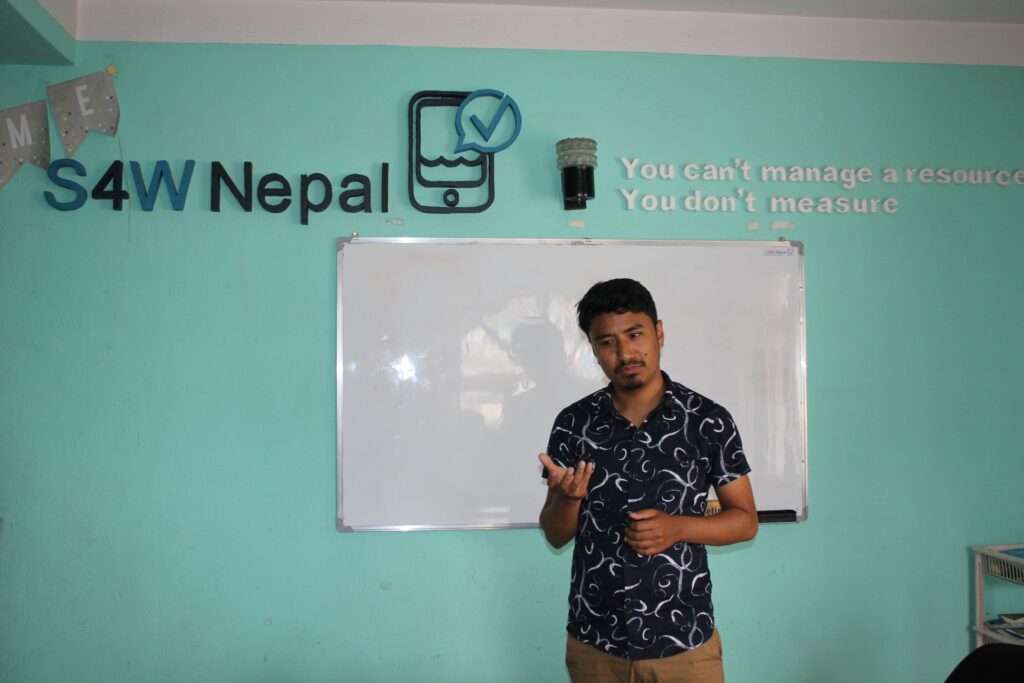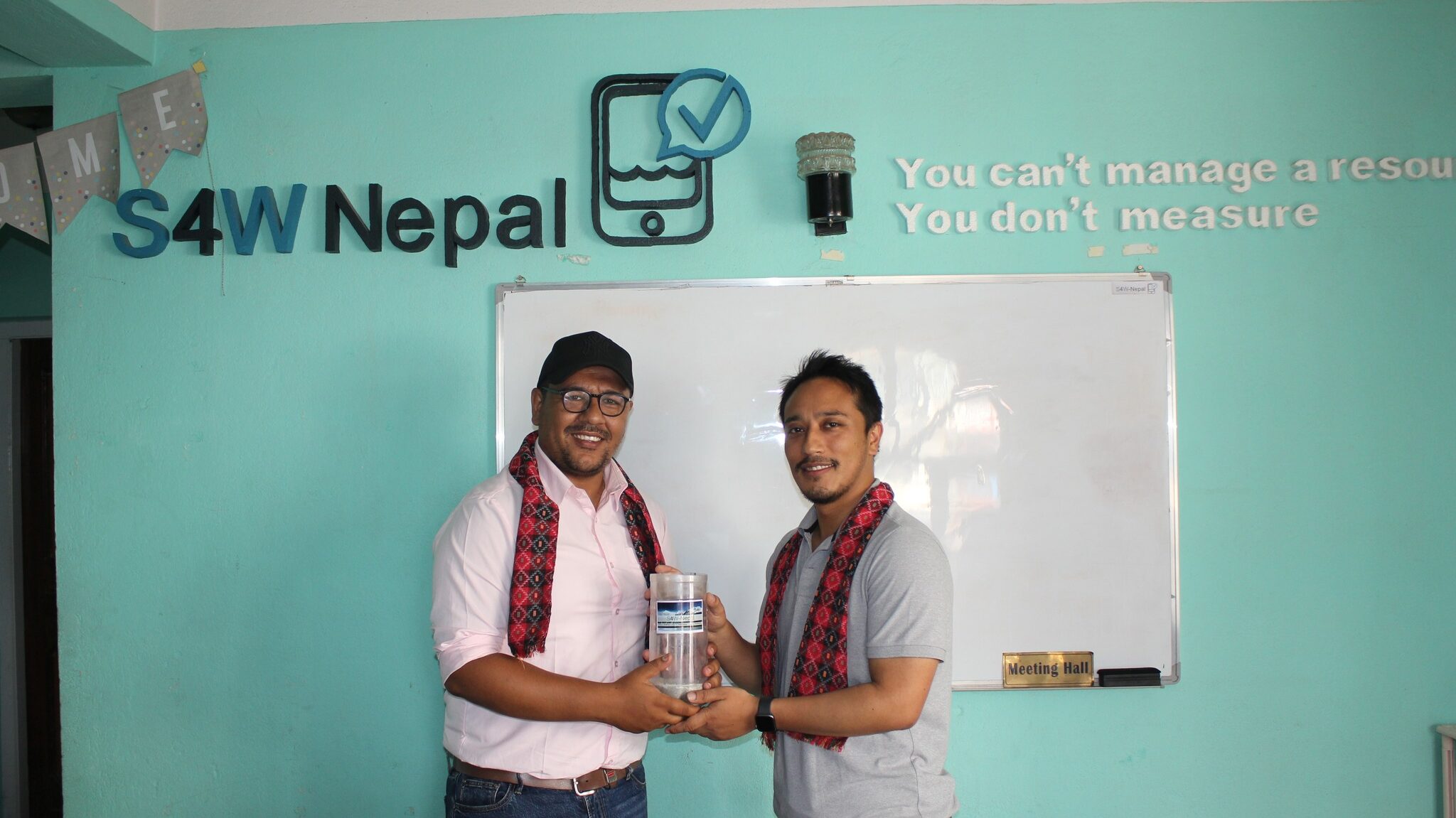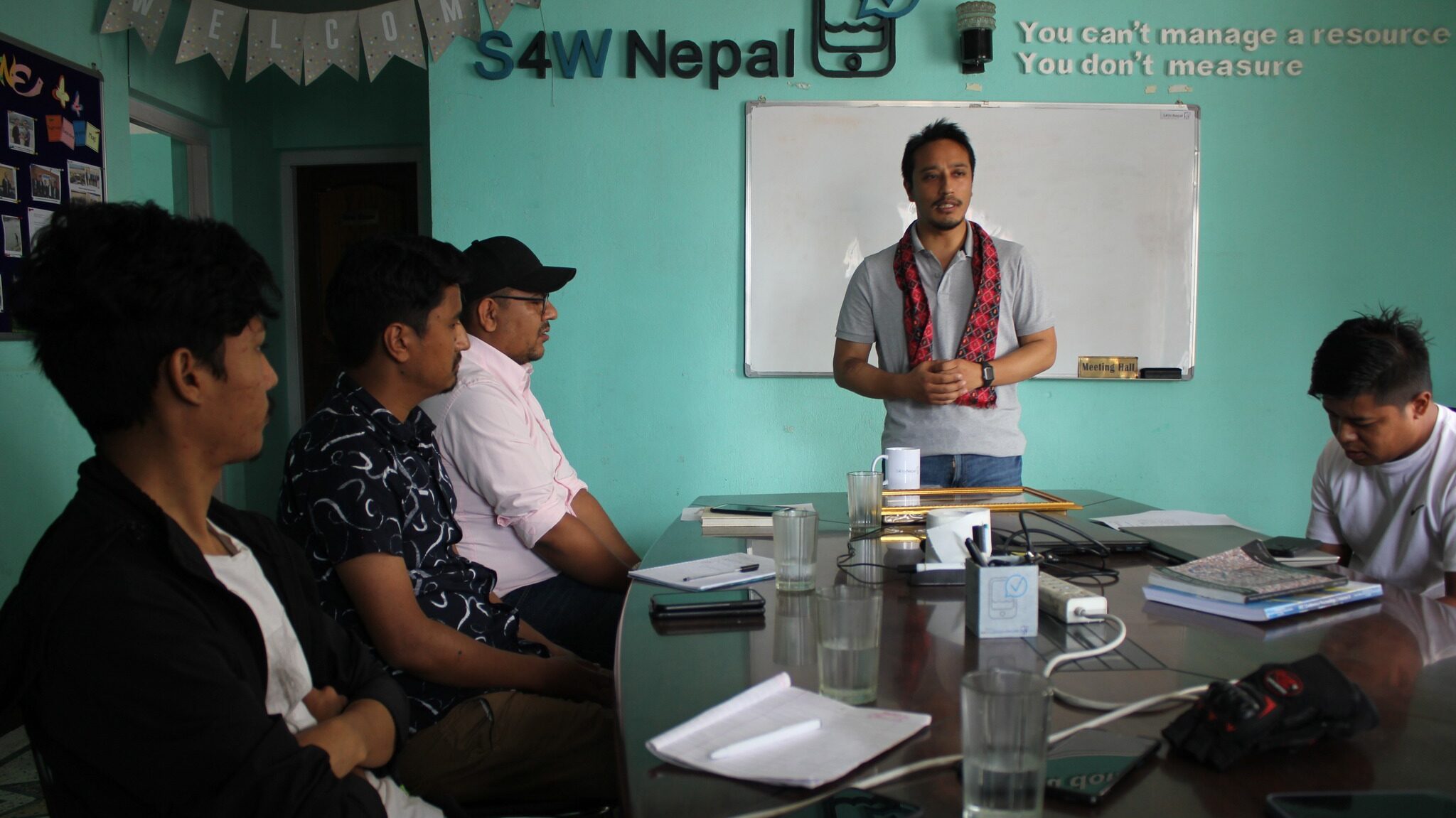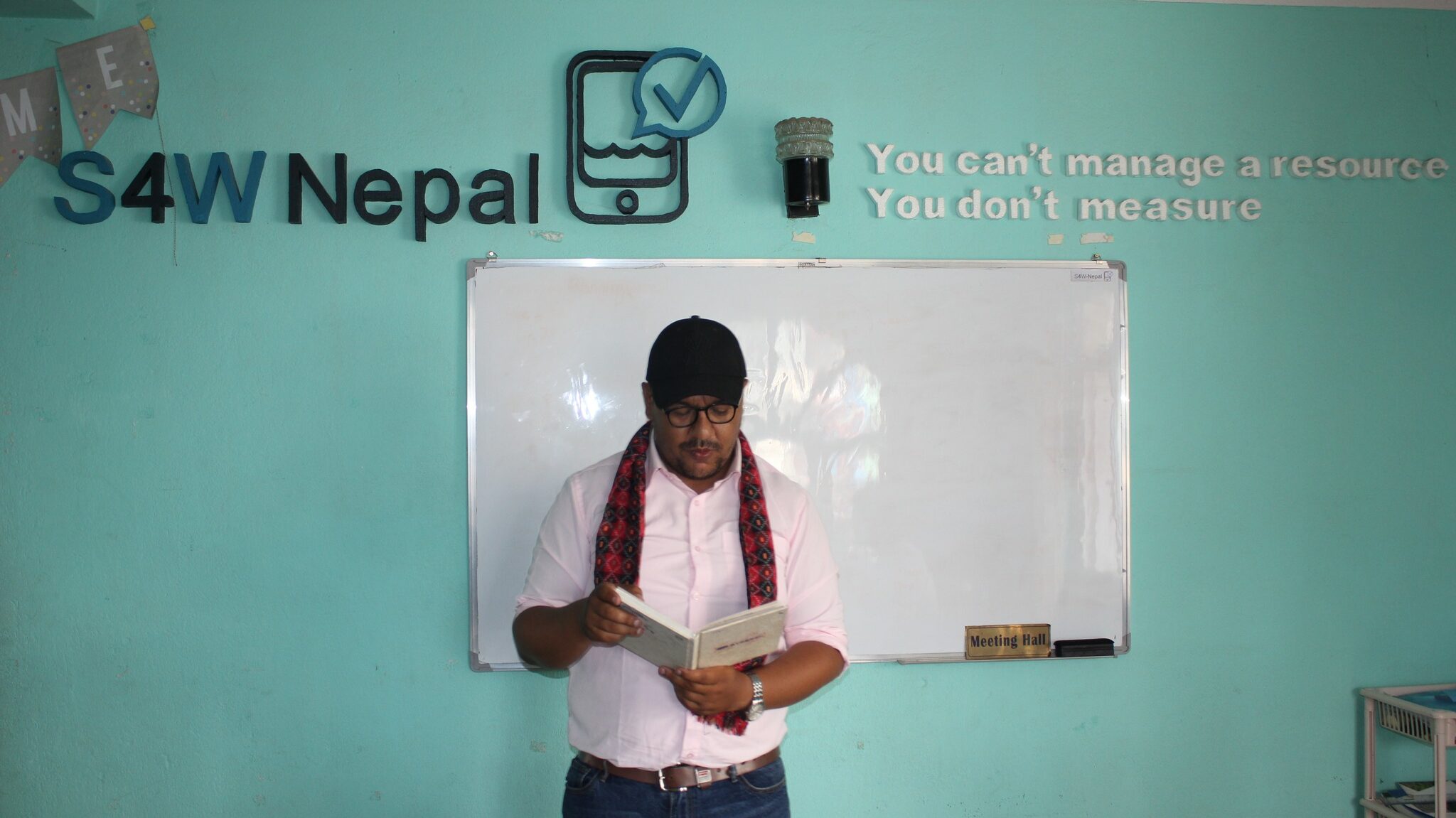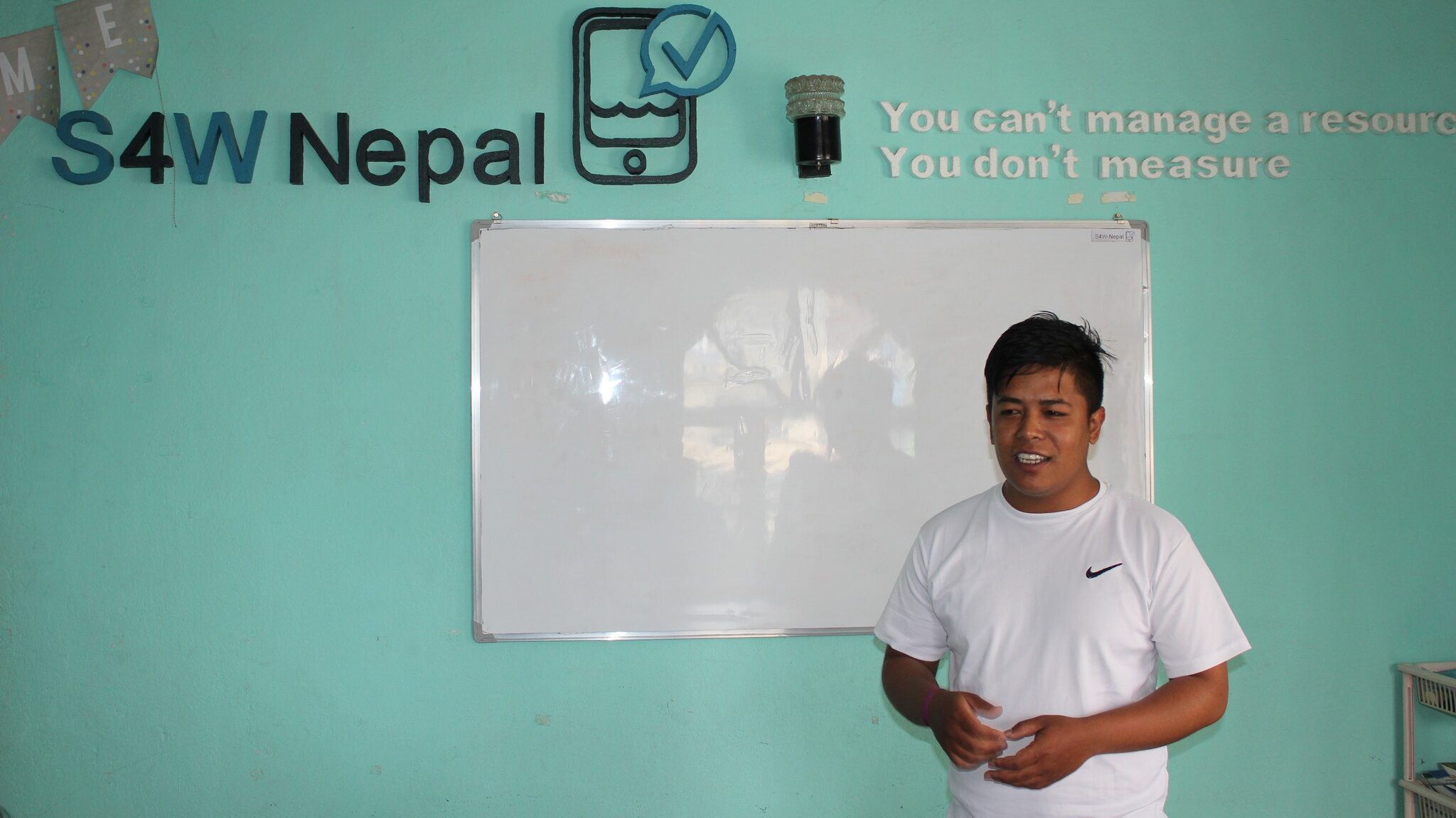Unleashing the Power of Citizen Science: S4W-Nepal’s Monsoon Expedition Experience Through the Eyes of a Passionate Participant – Somy Bhattarai
An effective water monitoring practice, achieved through the application of effective research, can lead us to sustainable water resource management. In developing countries like Nepal, water resources are vulnerable in terms of quality and quantity, and there is a lack of efficient plans and policies for monitoring to support sustainable water resource management practices. To address this issue, Smartphones For Water Nepal (S4W-Nepal) has mobilized citizen scientists (CS), mobile technology, and young researchers in the Kathmandu Valley and other parts of the country to collect hydro-meteorological data, enhance understanding of water resources through research, and support wise water management decisions S4W-Nepal has successfully involved more than 600 citizen scientists from 2018 to 2022 in the Kathmandu Valley, focusing on rainfall, groundwater, and stone spout measurement. One active participant in this project is Ms. Somy Bhattarai, who has shared her experiences and learnings as a citizen scientist of S4W-Nepal.

Somy Bhattarai is currently pursuing a Master’s degree in Environmental Science at the Central Department of Environmental Science (CDES), Tribhuvan University. Originally from Biratamod, Jhapa, she currently resides in Kirtpur while pursuing her master’s degree. As the eldest sibling in her family, she will be the first to graduate. Somy has a keen interest in entertainment and acquiring knowledge. She enjoys activities such as watching movies, reading new research articles, and exploring social media platforms to gain valuable insights and find relaxation. Her typical day involves attending classes at the university and completing assignments. Additionally, she had the opportunity to intern for 15 days at S4W-Nepal, where she gained knowledge in hydrological data analysis using various software tools like ArcGIS and Python, among others, as part of her master’s curriculum.
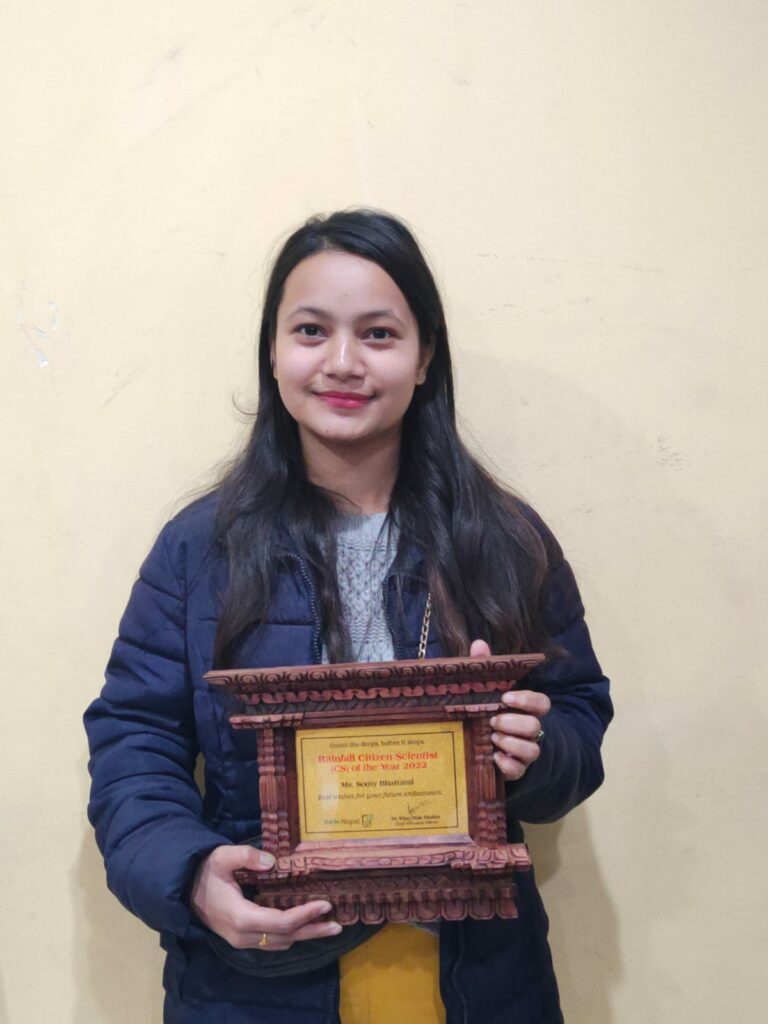
Somy learned about S4W-Nepal and its Monsoon Expedition through the organization’s Facebook page. The ongoing research conducted by S4W-Nepal and its significant contribution to water resources management greatly impressed her. As a result, she became eager to participate in the Monsoon Expedition of S4W-Nepal as a Citizen Scientist. In 2022, S4W-Nepal organized an outreach program at CDES, Tribhuvan University, and Somy seized this opportunity to actively engage as a citizen scientist. She proved to be one of the most active participants, even continuing rainfall monitoring after the completion of the Monsoon Expedition. Using a cost-effective soda bottle rain gauge and an Android mobile application called Open Data Kit (ODK) Collect, she measures daily rainfall. She was amazed by the convenience offered by the ODK Collect application and its quality features, such as recording date, time, high-quality photos, videos, accurate location tracking, and offline functionality. She also commended S4W-Nepal for their creative approach in repurposing soda bottles as rain gauges, highlighting their contribution to environmental sustainability.
As an Environmental Science student, Somy understands the significance of precise and accurate spatial and temporal rainfall data, especially in data-scarce countries like Nepal. She realizes that individual efforts in collecting rainfall data can yield valuable data and insights, which fills her with a sense of positivity as a citizen scientist. Being a citizen scientist keeps her informed about the data and outcomes of rainfall scenarios that are gathered and shared by S4W-Nepal, which further motivates her. Additionally, the stories of other citizen scientists and the recognition they receive such as Citizen Scientist of the Month and Year awards, have incredibly inspired her. In her interview, she expressed her joy at being awarded the Citizen Scientist of the Year 2022, which serves as a strong motivation for her to continue taking regular measurements.
Furthermore, she deeply appreciates S4W-Nepal’s citizen science approach in generating hydro-meteorological data in Kathmandu Valley and some other parts of the country. She is grateful for the opportunity to be a part of S4W-Nepal’s monsoon expedition as a citizen scientist and for enabling her to contribute to a greater cause. She encouraged her fellow citizen scientists to collect the data actively and honestly, emphasizing the significant impact that can be achieved through their small actions. Moreover, she recommended S4W-Nepal to expand such campaigns all over Nepal including rural areas.

